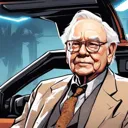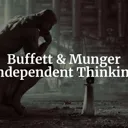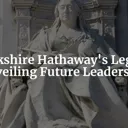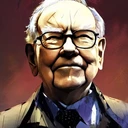Tags: Warren Buffett / History
This fanpage is not officially affiliated with Berkshire Hathaway: Disclaimer
Delve into the tale of Warren Buffett's costly lesson with USAir, a cautionary tale of missteps in the world of investing. Discover valuable lessons in humility, analysis, and the enduring wisdom of Buffett's investment philosophy.
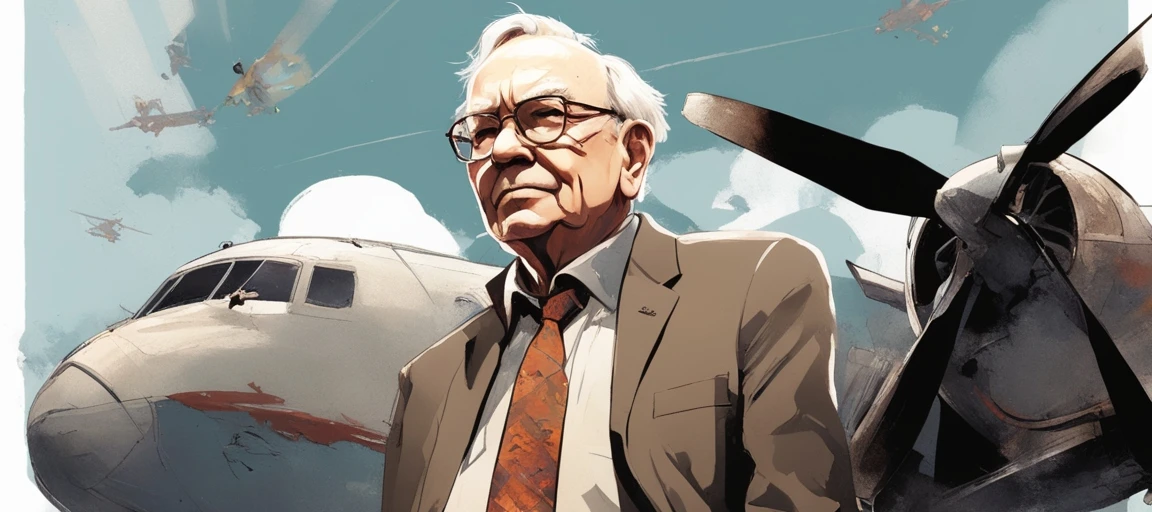
Introduction
Warren Buffett, often hailed as the Oracle of Omaha, has cemented his legacy as one of the most successful investors of all time. Through Berkshire Hathaway, Buffett has made a series of investments that have not only yielded substantial returns but also provided invaluable lessons in value investing. However, even the most astute investors are not immune to occasional missteps. One such example is Berkshire Hathaway's investment in USAir, which stands out as a rare blemish in Buffett's otherwise stellar investment record.
In 1994, Berkshire Hathaway made a significant move by purchasing $358 million worth of USAir preferred stock, a decision that would later be scrutinized for its unforeseen complications and eventual writedown to $89.5 million 1. This investment is particularly significant because it deviated from Berkshire Hathaway's usual investment strategy, which typically focuses on undervalued companies with strong fundamentals. The USAir investment serves as a potent reminder of the importance of thorough analysis and a deep understanding of industry dynamics, even for seasoned investors like Buffett.
This article aims to dissect Berkshire Hathaway's foray into the airline industry, shedding light on the broader implications of this investment for Berkshire shareholders and the investment community at large. By delving into the allure of the airline industry, the misstep of investing in USAir, and the lessons learned from this experience, we will explore how this investment has reinforced Buffett's investment philosophy ↗. Prepare to embark on an insightful journey through one of Buffett's most talked-about investments, highlighting the critical importance of diligence and sector expertise in the world of investing.
The Allure of the Airline Industry
The airline industry, with its history of deregulation and the emergence of low-cost carriers, has always been a sector fraught with challenges and opportunities 1. The 1990s, in particular, presented a highly competitive landscape where high-cost airlines like USAir were forced to navigate the turbulent skies of pricing pressures and cost inefficiencies ↗. Despite these challenges, the industry held a certain allure for investors, drawn by the potential for significant returns, extensive route networks, and strong brand recognition.
USAir, in its quest for expansion, acquired Piedmont Airlines and Pacific Southwest Airlines in the 1980s, efforts aimed at solidifying its market presence and enhancing its operational scale 3. These strategic moves, coupled with a rebranding effort in 1997, were indicative of USAir's ambition to establish itself as a dominant player in the airline industry. However, the allure of the airline sector was not merely about the potential for growth or market dominance. It was also about the industry's broader economic and political significance, reflecting national and global shifts in travel, trade, and economic policy.
Warren Buffett's initial perspective on the airline industry as a "capital incinerator" underscores the sector's notorious volatility and the high risks associated with airline investments 5. Yet, the decision to invest in USAir was driven by a belief in the potential turnaround of the company's fortunes, underpinned by its extensive route network, brand recognition, and the strategic moves it had made to strengthen its market position. Buffett saw beyond the immediate challenges, envisioning a future where USAir could leverage its assets and brand to navigate the competitive landscape successfully.
The investment in USAir was, at its core, a bet on the airline's ability to overcome its historical cost problems and emerge stronger in the face of industry headwinds. Seth Schofield's struggles to correct the company's cost issues were well-known, yet the potential for a turnaround under new management, coupled with the strategic acquisitions and rebranding efforts, presented a compelling case for investment 1. This decision, however, would soon confront the harsh realities of the airline industry, leading to a costly lesson for Berkshire Hathaway and reinforcing the importance of thorough analysis and sector expertise in investment decisions.

The Misstep: Investing in USAir
In 1989, Warren Buffett made a $358 million investment in USAir preferred stock, a decision that would later be described by the Oracle of Omaha himself as an "unforced error." This term, borrowed from the world of sports, aptly described an error made without external pressure, resulting purely from one's own misjudgment. Buffett's candid admission of this mistake in the 1990 Annual Report underscored the gravity of the misstep 1.
The allure of the airline industry, with its romantic notions of travel and global connectivity, often belies the harsh realities of its economic landscape. For USAir, the challenges were manifold. The airline, struggling under the weight of high operational costs and competitive pressures, found itself in a precarious financial position. The deregulation era had ushered in a wave of low-cost carriers, forcing high-cost airlines like USAir to lower their fares without a corresponding decrease in costs. This dynamic was further exacerbated by USAir's efforts, under CEO Seth Schofield, to correct the company's historical cost problems—a task that proved to be Herculean 1.
Buffett's investment was predicated on a sloppy analysis, as he later admitted, failing to adequately account for the airline industry's notorious challenges, including its susceptibility to economic cycles, fuel price volatility, and labor disputes. This oversight led to a suspension of dividends on the USAir preferred stock, a move that signaled deep financial distress. By year-end 1994, Berkshire Hathaway was forced to write down the value of its investment to $89.5 million, a mere 25 cents on the dollar, illustrating the severe impact of these miscalculations. The writedown's complicated accounting effects under GAAP further muddied the waters, adding an additional layer of complexity to an already regrettable investment decision 1.
After all, Warren Buffett is also just a human being 6. In his 1994 annual letter to shareholders, Buffett said 1:
[T]his was a case of sloppy analysis, a lapse that may have been caused by the fact that we were buying a senior security or by hubris. Whatever the reason, the mistake was large.
Luckily, the story did not end in 1994!
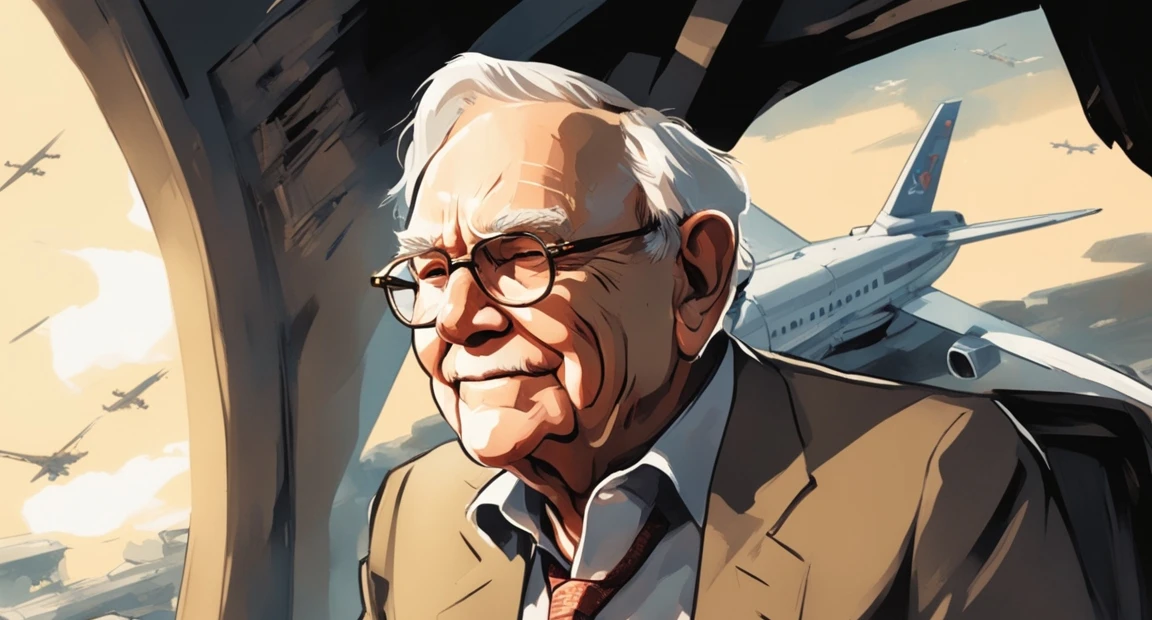
The Financial Fallout and Recovery
The financial repercussions of the USAir investment were immediate and severe. The writedown to $89.5 million not only represented a significant financial loss for Berkshire Hathaway but also served as a public embarrassment to Warren Buffett and his company. This misadventure in the airline industry was a stark departure from Buffett's usual string of successful investments in companies like Coca-Cola, Gillette, and American Express. The broader market reaction was one of surprise and disappointment, as Wall Street saw Buffett's comments on the investment as a sign of impatience and a deviation from his proven investment strategies 4.
Despite the initial fallout, the story of Berkshire Hathaway's investment in USAir is also one of recovery and resilience. By 1997, under the leadership of CEO Stephen Wolf, USAir managed to right its financial ship, restarting dividend payments to Berkshire. This turnaround paved the way for Buffett to execute a successful exit from the investment in 1998. By issuing $574 million in new shares, Berkshire Hathaway not only retired the $358 million loan but also managed to emerge from the debacle with a profit. This outcome, while favorable, was a testament to Berkshire's outsized position in the company, a luxury not afforded to an ordinary investor 5.
So, everything fine after all?
The lessons learned from the USAir investment were profound. For Berkshire Hathaway, it reinforced the importance of thorough analysis and a deep understanding of industry dynamics before making investment decisions. The experience also underscored the perils of straying from Buffett's own investment axioms, such as the avoidance of businesses with significant operational challenges.
The subsequent performance of Berkshire Hathaway's stock from 1994 to 2023 tells a story of remarkable resilience and growth. From a year-end Class A stock price of approximately $22,500 in 1994 to an astonishing $550,000 by the end of 2023, and even reaching $630,000 in March 2024, Berkshire Hathaway's trajectory has been nothing short of extraordinary.
The merger of US Airways with American Airlines in 2013 after two chapter 11 bankruptcy filings in the early 2000s, marked the end of US Airways as an independent carrier. It somehow also symbolized a challenging chapter in Berkshire Hathaway's storied investment history 23.
The USAir investment, while initially a costly misstep, ultimately provided invaluable lessons in humility, analysis, and the importance of adhering to one's investment principles. Even the most seasoned investors are not immune to errors in judgment, but it is their response to these setbacks that defines their legacy.
Lessons Learned for Investors
Warren Buffett's foray into the airline industry with USAir was a vivid illustration of the challenges and pitfalls that can confront even the most seasoned investors. This episode serves as a rich source of lessons for investors, emphasizing the critical importance of thorough analysis and a deep understanding of industry dynamics. Buffett's experience underscores that even attractive opportunities, on the surface, can harbor unseen risks in highly competitive and volatile sectors.
One of the key takeaways from this episode is the value of acknowledging mistakes and learning from them. Buffett's candid admission of his "sloppy analysis" in investing in USAir demonstrates a humility and openness to learning that is essential for all investors. It's a reminder that no one is immune to errors in judgment, but the capacity to recognize and learn from these errors is what differentiates successful investors.
The USAir investment also highlighted the risks associated with industries characterized by high competition and volatility. Such environments can erode profit margins and present unpredictable challenges, as Buffett observed with the fluctuations in the airline industry, commented on by Herb Kelleher. This reinforces the need for investors to focus on companies with good underlying economics and honest management teams 7, which are more likely to withstand industry pressures and deliver sustainable returns.
Further, the episode illustrates the significance of aligning incentives and ensuring that compensation is directly tied to performance 7. This principle ensures that management's interests are closely aligned with those of the shareholders, fostering an environment where both parties are working towards the same goal of value creation.
The importance of intrinsic value in investment decision-making was a lesson that came to the fore 7. Understanding the true value of a business, beyond just its book value, is crucial in making informed investment decisions. The USAir investment reminded Buffett and the broader investment community of the importance of focusing on the long-term value creation potential of a company, rather than short-term market movements or speculative gains. This principle has guided Buffett's investment decisions, emphasizing the need to invest in companies with strong fundamentals that are likely to generate sustainable returns over the long term.
The experience also underscored the importance of patience, of waiting for opportunities that fall within one's "happy zone" 7. Buffett and Munger's disciplined approach to investment, where they wait for opportunities that they understand and where they can see a clear path to value creation, was vividly illustrated in the aftermath of the USAir investment. This approach ensures that investments are made with a clear understanding of the risks and potential returns, minimizing the chances of unpleasant surprises.
The USAir endeavour also influenced Berkshire Hathaway's future investment decisions, including Buffett's revised approach to airline investments in 2016 ↗↗. This demonstrated a capacity to learn from past mistakes and apply those lessons in future investment strategies, showing a nuanced understanding of the airline industry's dynamics and the factors contributing to a successful investment within it.
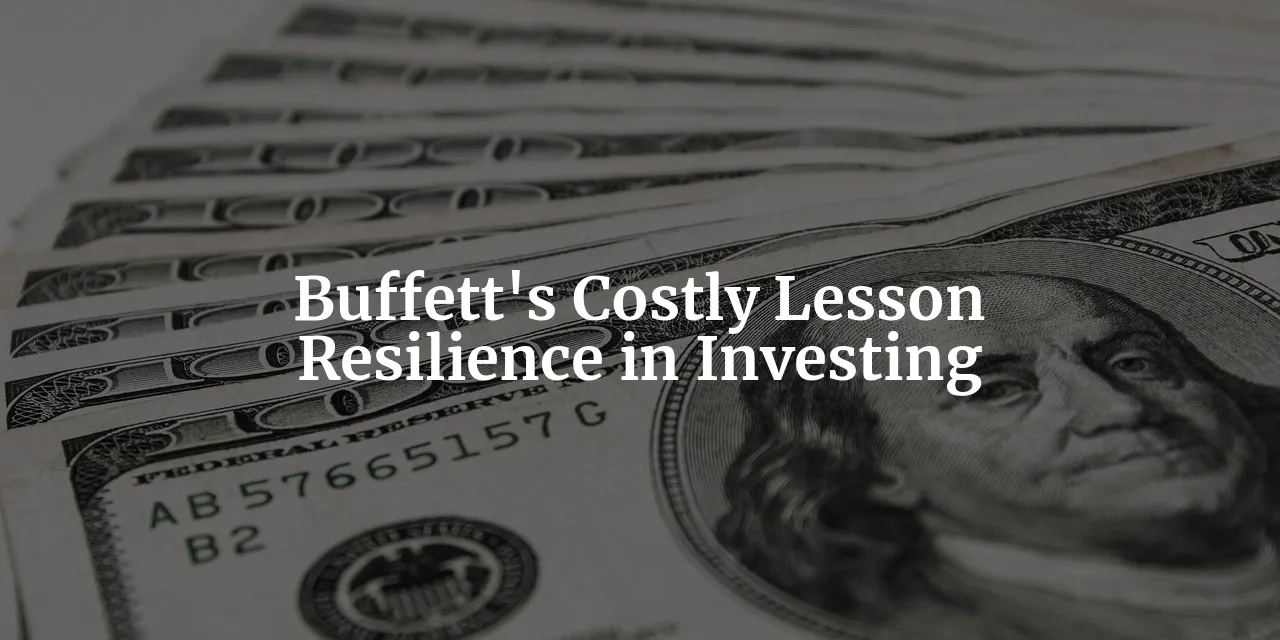
Conclusion
Warren Buffett's investment in USAir stands as a cautionary tale in the world of investing, highlighting the importance of thorough analysis, industry expertise, and adherence to core investment principles. The allure of the airline industry, with its promises of growth and global connectivity, led Berkshire Hathaway to make a significant investment in USAir, only to face unforeseen challenges and financial setbacks. The misstep in investing in USAir, marked by a costly writedown and public scrutiny, served as a humbling reminder that even the most seasoned investors are not immune to errors in judgment.
The financial fallout from the USAir investment was significant, but Berkshire Hathaway's subsequent recovery and exit from the investment demonstrated resilience and strategic acumen. The lessons learned from this experience, including the value of acknowledging mistakes, aligning incentives, and focusing on intrinsic value, have left a lasting impact on both Buffett and the broader investment community. Buffett's investment philosophy was reinforced through this experience, emphasizing the importance of patient, value-driven investing and the continuous pursuit of excellence.
Despite the challenges faced with the USAir investment, Berkshire Hathaway's long-term success and remarkable growth trajectory from 1994 to 2023 underscore the enduring wisdom of Buffett's investment approach. The company's ability to learn from past mistakes, adapt its strategies, and navigate through turbulent market conditions exemplifies the resilience and adaptability that have defined Buffett's legacy as an investor.
As investors reflect on Buffett's costly lesson with USAir, they are reminded of the importance of humility, continuous learning, and the application of sound investment principles. By incorporating the lessons learned from this case study into their own investment practices, investors can strive to emulate Buffett's success while avoiding the pitfalls that befell Berkshire Hathaway with the USAir investment.
In the words of Warren Buffett, "It's good to learn from your mistakes. It's better to learn from other people's mistakes." Let us heed this wisdom and strive for investment excellence in our pursuit of financial success.
References
-
Berkshire Hathaway Inc. (BRK-A) - finance.yahoo.com ↩
-
US Airways - Wikipedia - en.wikipedia.org ↩↩
-
For Buffett and British Air, USAir Proved Embarrassing (Published 1995) - www.nytimes.com ↩
-
Warren Buffett's Greatest Blunder: Lessons From USAir - finance.yahoo.com ↩↩
-
Can It Be? Buffett Is Mortal? (Published 1995) - www.nytimes.com ↩
-
Warren Buffett's 1994 Shareholder Letters - Review and Notes - ianrobinson.net ↩↩↩↩

